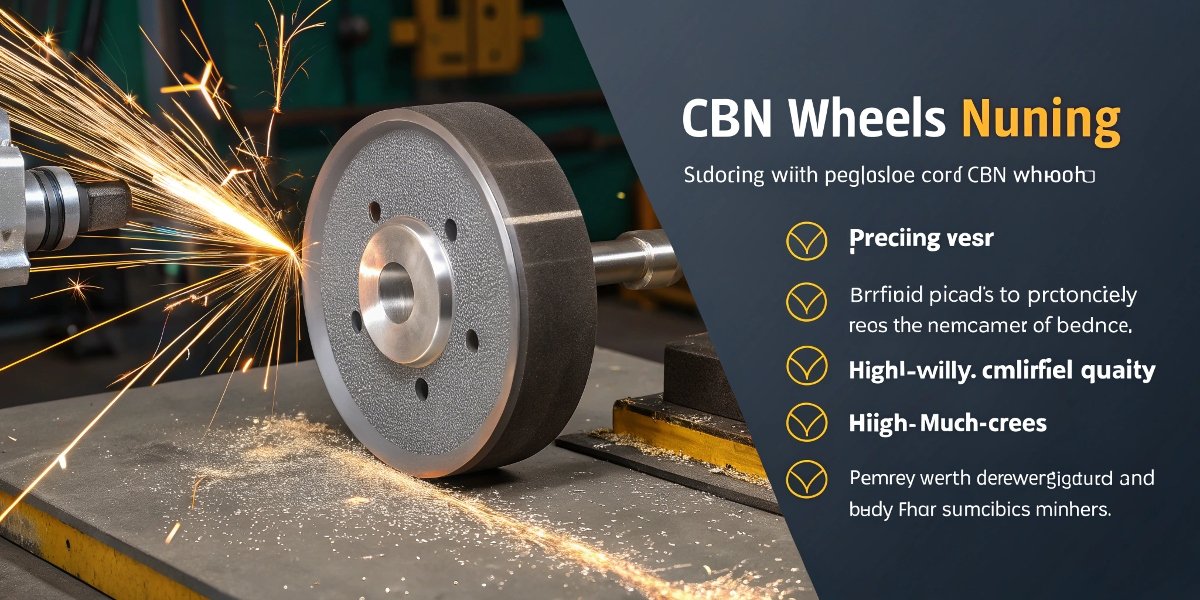
Are you struggling to grind hardened steel parts? Using the wrong abrasive leads to heat damage, rapid wheel wear, and poor surface finishes, costing you time and ruining expensive components.
CBN grinding wheels are specifically used for the high-precision grinding of hard, ferrous materials. [1, 5] Their primary application is on hardened steels, tool steels, cast iron, and superalloys common in the automotive and aerospace industries. [3, 5]
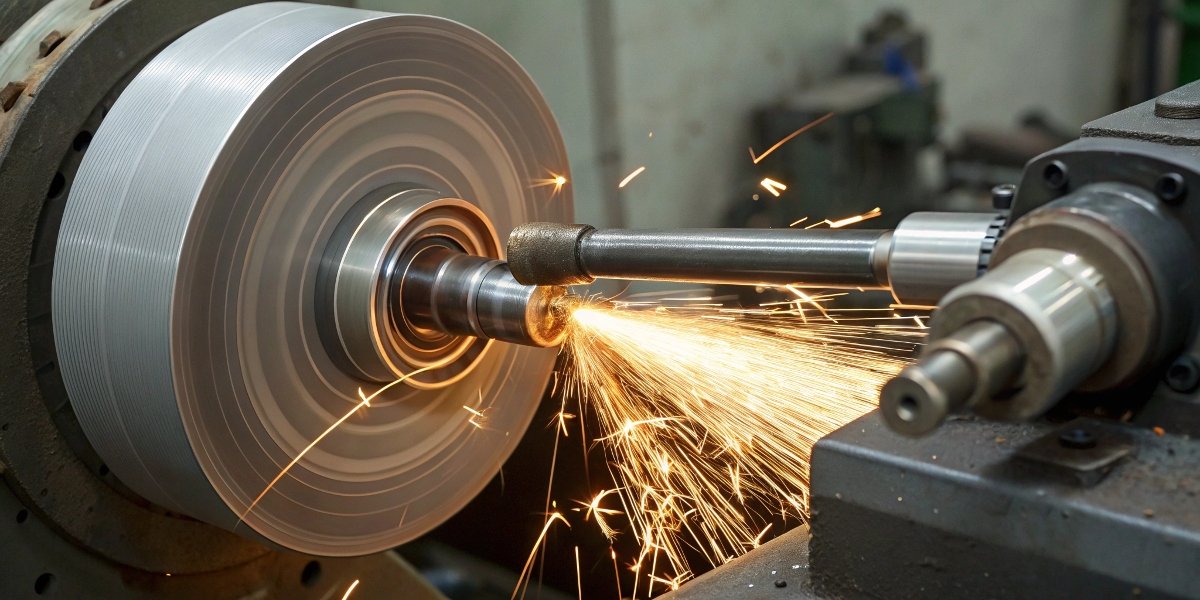
In my nearly 30 years of manufacturing abrasives, the rise of superabrasives1 has been one of the biggest shifts I have seen. CBN, or Cubic Boron Nitride2, is at the front of this revolution. My insight is simple: where diamond stops, CBN takes over. Diamond is the hardest material, but it has a fatal flaw—it reacts chemically with iron at high grinding temperatures. [5, 17] This causes the diamond to wear out very quickly when grinding steel. CBN, the second-hardest material known, has superior thermal and chemical stability3. [17, 21] This means it doesn’t break down when grinding ferrous (iron-containing) materials. This special property makes it the ultimate tool for high-tech manufacturing, where strong, tough-to-grind steels are the foundation of modern engineering.
What are CBN grinding wheels used for?
Are you getting poor results when sharpening your HSS cutting tools? If the tool overheats, it can lose its temper and become useless. This is a common and expensive problem caused by using the wrong type of wheel.
CBN grinding wheels are used for tasks that demand high precision and low heat. [1, 7] This includes grinding tool steels (like HSS), finishing automotive parts like crankshafts and gears, and shaping aerospace components made from tough superalloys. [3, 6, 8]
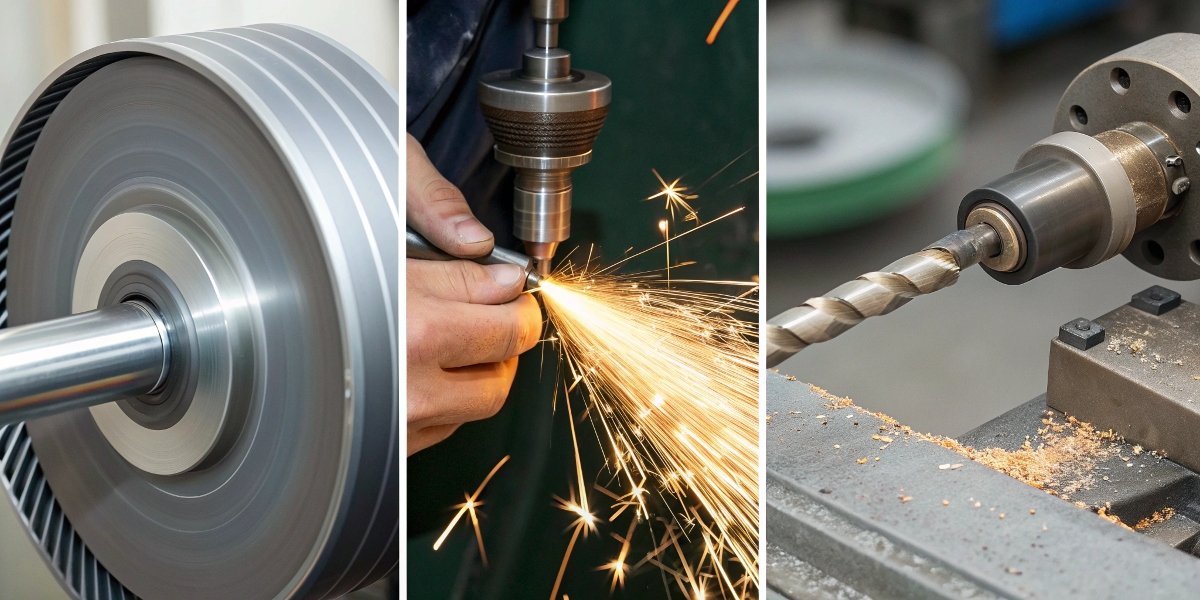
The simple rule is this: if it is a hard, iron-based material, you should be using a CBN wheel. At our factory, Reliable (RL), we supply CBN wheels to a huge range of industries that rely on these materials. The automotive sector uses them for grinding engine parts like camshafts and gears to exact tolerances. [3] The tool and die industry depends on them for sharpening high-speed steel4 (HSS) cutting tools without damaging the heat treatment. [3, 9] The aerospace industry requires CBN to shape critical components from high-strength nickel and cobalt superalloys that can withstand extreme conditions. [3, 10] Across all these applications, the goal is the same: to remove material efficiently while keeping heat under control. [7] The superior thermal conductivity of CBN allows it to pull heat away from the workpiece, preventing burns and maintaining the part’s integrity. [5, 13] This results in a better quality part and a longer-lasting wheel.
What is the application of grinding wheel?
Are you thinking grinding is only for making things smooth? This narrow view means you are missing the main purpose of grinding. It is a core manufacturing process for creating precise shapes and sizes, not just for final polishing.
The main application of any grinding wheel is to remove material with high precision. This process is used to cut parts to size, sharpen tools, create flat surfaces (surface grinding), and finish cylindrical parts to exact diameters. [1, 11]
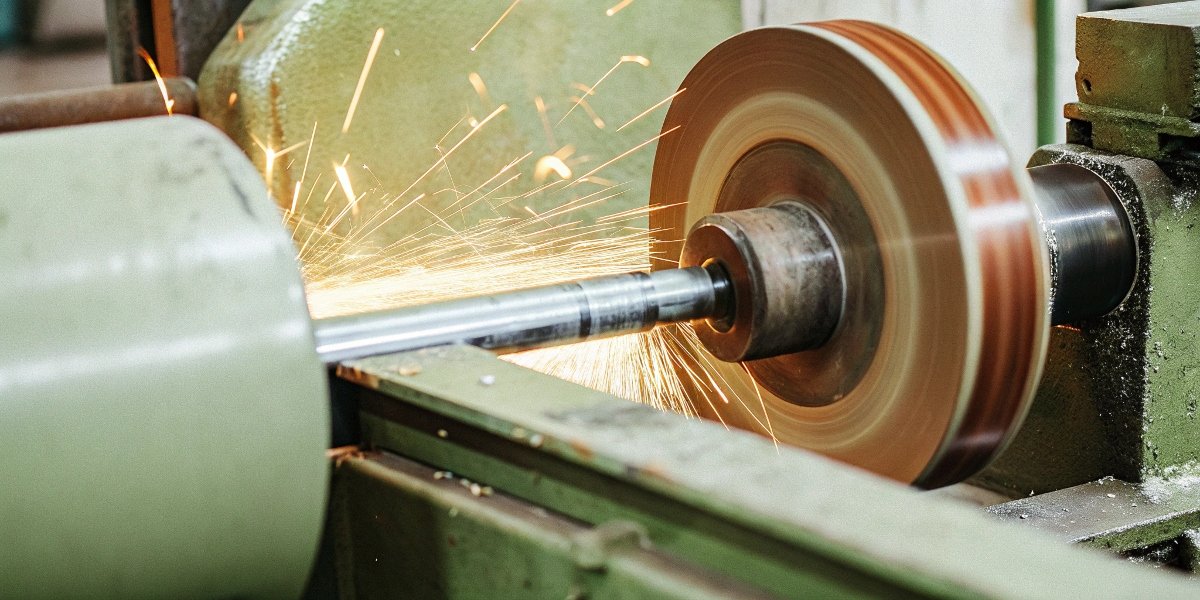
A grinding wheel is fundamentally a cutting tool. Instead of one single cutting edge, it has thousands of tiny abrasive grains that each take a very small chip out of the workpiece. When you combine all these tiny cuts, you get a powerful and very controllable way to shape hard materials. The specific application depends on the shape of the wheel and how it is presented to the part. For example, a thin, solid wheel is used as a cutting-off tool. A cup-shaped wheel can be used to sharpen a saw blade. A wide, straight wheel is used for surface grinding5 to make a piece of metal perfectly flat. Another straight wheel can be used for cylindrical grinding6, where both the wheel and the workpiece rotate to create a perfectly round shaft. [11] CBN wheels are made in all these shapes to perform these applications, but they are used specifically on hard ferrous metals where conventional abrasives like aluminum oxide would fail. [7]
Common Grinding Applications
| Grinding Application | Description | Suitable Abrasive |
|---|---|---|
| Surface Grinding | Creates a smooth, flat surface. | Aluminum Oxide, CBN |
| Cylindrical Grinding | Grinds the external surface of a cylinder. | Aluminum Oxide, CBN |
| Internal Grinding | Grinds the inside of a hole. | Aluminum Oxide, CBN |
| Tool & Cutter Grinding | Sharpens cutting tools like drills and end mills. | Diamond, CBN |
| Cutting-Off | Slices through a material. | Aluminum Oxide, Diamond, CBN |
What are the different types of CBN grinding wheels?
Did you think one type of CBN wheel works for every job? Using the wrong bond type is a common mistake. It can lead to poor performance, slow cutting, or a wheel that wears out much faster than it should.
CBN wheels are categorized by their bonding system. The main types are Resin Bond for fine finishes, Vitrified Bond for high precision and long life, Metal Bond for toughness and wear resistance, and Electroplated for aggressive, high-speed grinding. [2]
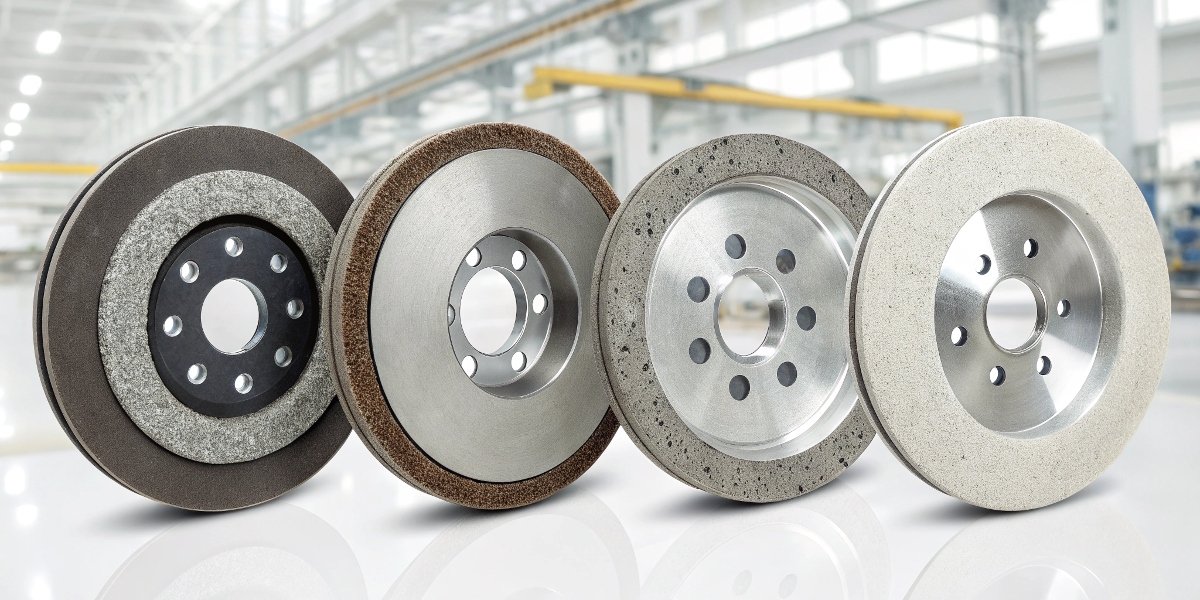
The CBN abrasive is the cutting part, but the bond is what holds it all together. Choosing the right bond is critical for performance. As a manufacturer, we offer different bonds for different needs. Resin bond wheels are the most common and offer a cushioned grinding action, which is great for achieving a very fine surface finish, especially in tool sharpening. [2] Vitrified bond wheels have a glass-like structure that is very hard and porous. [2, 11] This allows them to hold their shape perfectly for high-precision jobs, like grinding engine components. Metal bond wheels are the toughest and most durable, ideal for jobs that require high wear resistance, like grinding glass or composites. [2] Electroplated wheels have a single, very exposed layer of CBN bonded directly to a steel hub. [2] This gives them a very aggressive, free-cutting action, perfect for high stock removal and profile grinding where the shape of the wheel is critical. [2]
What does CBN mean in machining?
Do you get confused by all the acronyms in our industry? CBN is one of the most important ones to know. Understanding what it is and why it’s special is key to selecting the right advanced tools for your machining needs.
In machining, CBN stands for Cubic Boron Nitride. [9] It is a man-made, or synthetic, superabrasive material that is second only to diamond in hardness. [12, 17] Its key advantage is its ability to grind hard ferrous materials without chemical reactions. [5, 17]
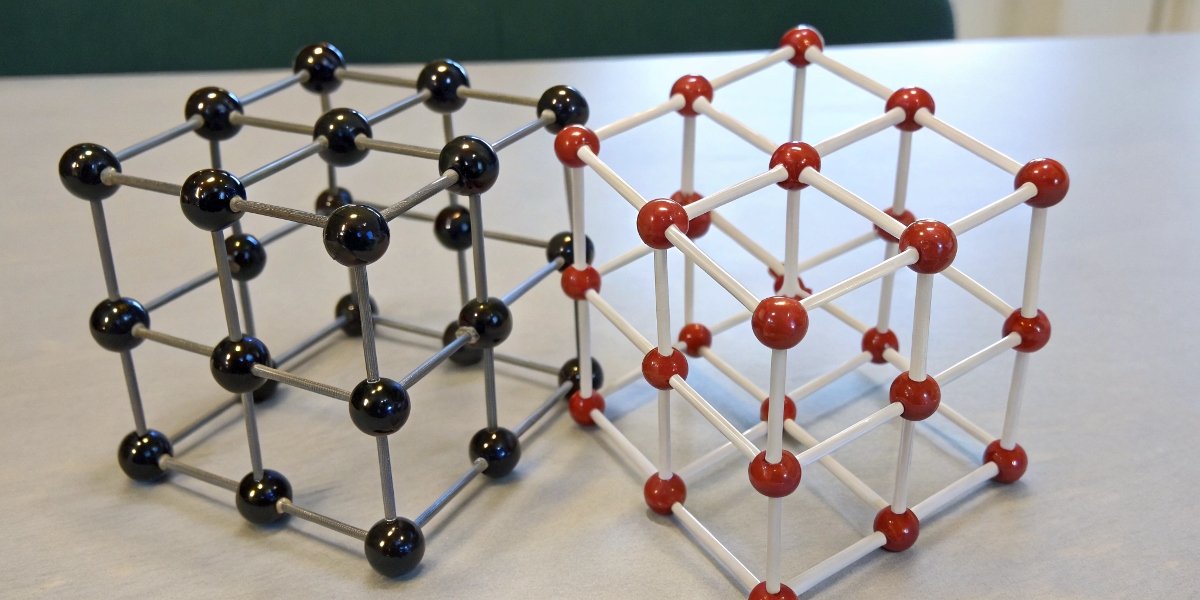
CBN is a true breakthrough in materials science. It is created by taking a compound of boron and nitrogen and subjecting it to extremely high temperatures and pressures, similar to how synthetic diamonds are made. [12, 17, 21] This process arranges the atoms into a cubic crystal structure that is incredibly strong and hard. [12] The critical difference between CBN and diamond lies in their chemical stability when grinding steel. The carbon in a diamond wheel reacts with the iron in steel at high temperatures, causing the diamond to break down. [17] CBN does not have this reaction. It remains stable and keeps its sharp cutting edges even when grinding hardened steels7 at high speeds. [5] This is why in the world of machining8, CBN means performance, precision, and durability specifically for ferrous metal applications. [1]
Conclusion
CBN grinding wheels are the best solution for high-precision grinding of hard, iron-based materials. By understanding their specific applications and types, you can improve quality, reduce costs, and master the most demanding machining challenges.
-
Discover the role of superabrasives in modern manufacturing and their unique properties. ↩
-
Understand the significance of CBN in machining and its advantages over other materials. ↩
-
Learn how chemical stability impacts the performance of grinding wheels on ferrous materials. ↩
-
Understand the properties of high-speed steel and its importance in cutting tools. ↩
-
Explore the process of surface grinding and its significance in achieving precision. ↩
-
Learn about cylindrical grinding techniques and their applications in manufacturing. ↩
-
Learn about the difficulties and solutions for grinding hardened steels effectively. ↩
-
Explore the role of machining in manufacturing processes and its various applications. ↩
Written by
leeon
You may also be interested in:
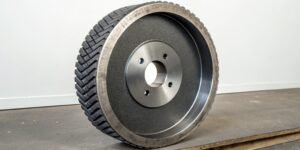
What's the application of CBN Wheels?
Struggling with grinding hard steels? Frequent wheel changes and poor finishes can hurt your bottom line. We have found that CBN wheels provide the durability
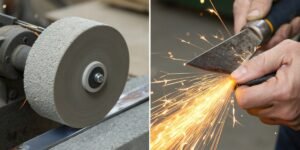
What is the difference between grinding and honing a blade?
A dull blade is a frustrating problem. It slows down production and ruins your workpiece. Using the wrong technique to fix it can cause permanent
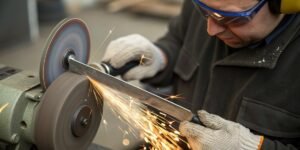
How to sharpen a knife on a bench grinder?
Is your dull knife slowing you down? A bench grinder seems like a quick fix, but you’re worried about ruining the blade. You need a

Can you use an angle grinder as a sander?
Your sanding project is tough, and your regular sander is not powerful enough. You look at your angle grinder. It has the power, but is
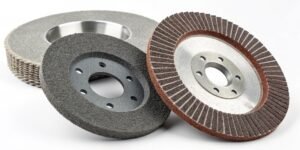
How to judge the quality of a grinding wheel?
Choosing the wrong wheel wastes money and ruins parts. Poor quality leads to downtime and rejection. A few key checks can guarantee you pick the

What is low stress grinding?
Struggling with parts failing due to hidden stress from grinding? This common issue causes cracks and reduces component life, costing you money. Low stress grinding
